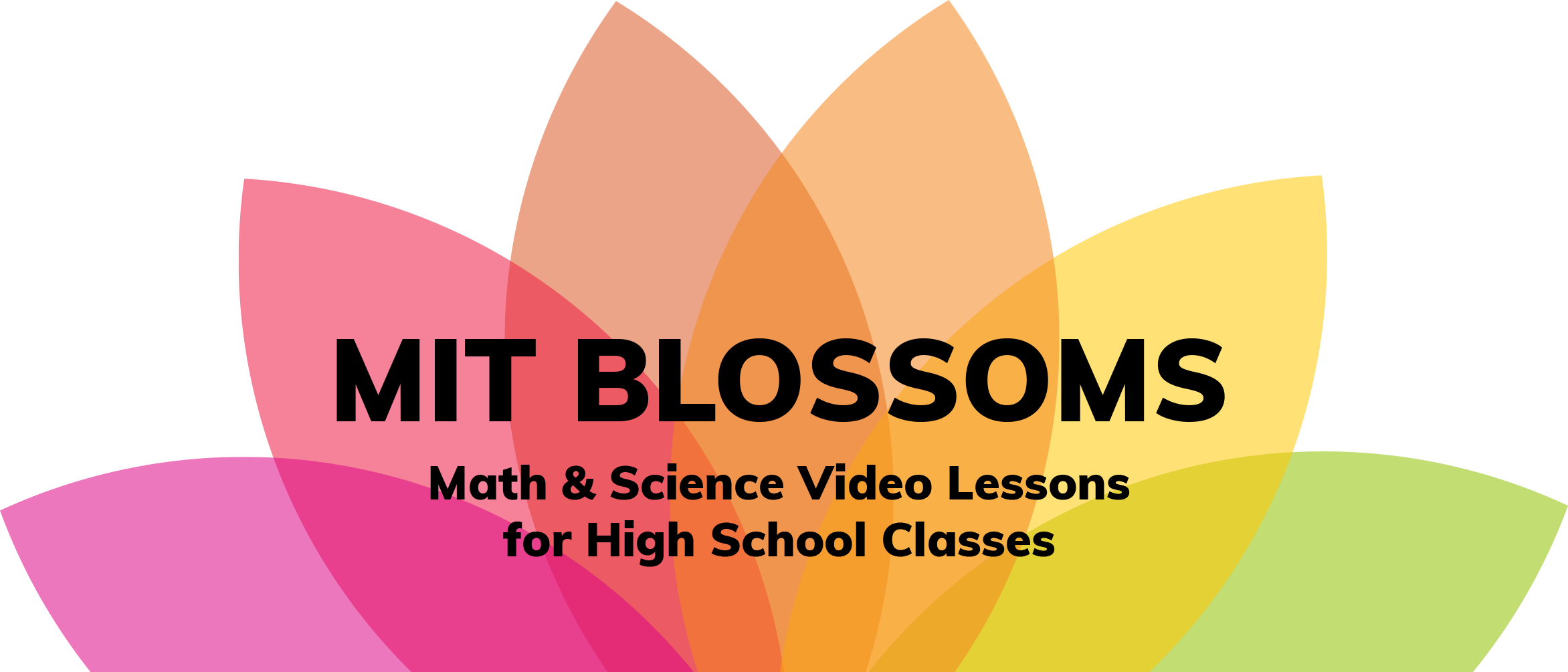Flaws of Averages
Driving Question
How to better understand Averages: what information are they giving us and in what ways may they be misleading us?
Big Idea
The “Tyranny of Averages” refers to the idea that group averages fail to impart the whole story of data because averaging flattens otherwise jagged information to a single point, thus leaving out important details and variations within the data. In this PBL, student teams will collect data from their communities, create a histogram and distribution of that data, analyze the mean, median and mode and report their findings to a relevant community official, with suggestions for ameliorative actions. One important goal of this project is to make students more knowledgeable and skeptical consumers of statistics.
Get StartedStudents Will Learn
- About many situations in which focusing only on the average of a data set can distort the reality of that data
- About Histograms and how to construct them
- About Distributions and what they tell us
- The definitions of the mean, median and mode
- About the role of data outliers
- Clarifying data collection goals and validating a measurement system for data collection
- About safety issues in their own communities
Students Will Be Able To
- Distinguish between situations where the use of averages is effective and those where one needs to think in terms of displayed distributions, not only averages
- Collaborate with team members to design and implement an effective data collection strategy on an important safety issue in their community
- Analyze that data by constructing and displaying a Histogram of it
- Integrate the data, compute mean, median, and mode, and ultimately make inferences from the data that could benefit the community
- Write up a report on the findings and present that report to relevant community officials
- Prepare and present a presentation on their findings to a large audience


